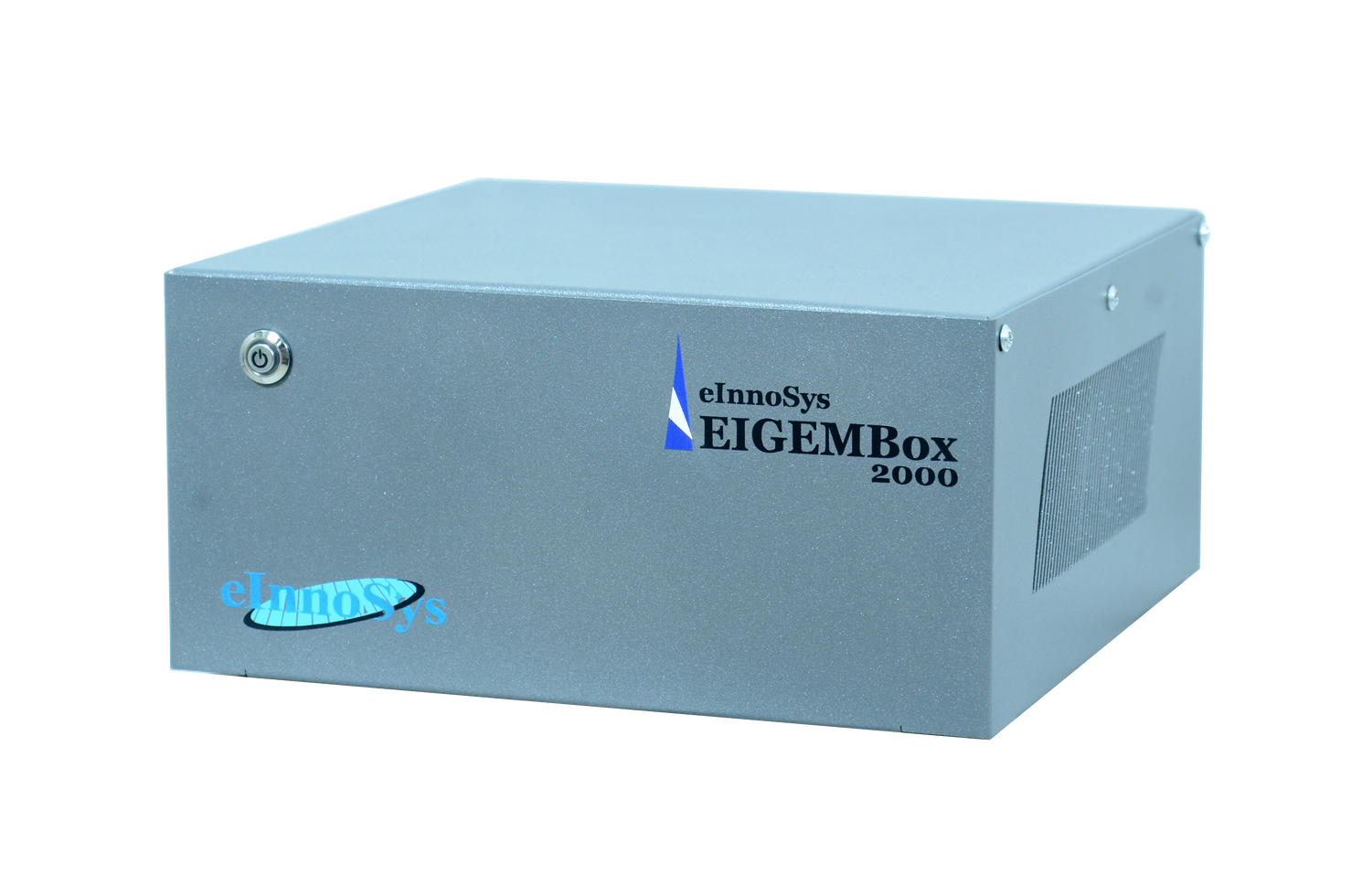Overview
Honeywell Richardson’s MEMS Sensor Fab, like many semiconductor facilities operating 200mm and smaller wafer size equipment, faced significant challenges due to legacy tools lacking SECS/GEM automation capabilities. These limitations impacted yield, process control, and equipment uptime. Partnering with Einnosys, Honeywell implemented a novel solution to modernize these tools without replacing them, using a plug-and-play SECS/GEM interface.

Company Profile
Honeywell Richardson is a division of Honeywell specializing in Micro-Electro-Mechanical Systems (MEMS) sensor fabrication. The fab operates a mix of modern and legacy semiconductor equipment, primarily focused on producing high-precision sensors for industrial and commercial applications.
Challenges
Honeywell identified three critical challenges in their legacy fab operations:
Lack of SECS/GEM Interface
Many legacy tools, such as the SPTS dry etch system, lacked SECS/GEM capabilities. This led to:
Wafer scrap due to incorrect recipe execution.
Increased engineering time for manual data collection and analysis.
Extended equipment downtime.
Reduced Overall Equipment Effectiveness (OEE).
No Early Warning from Critical Devices
Equipment like pumps and gauges failed without notice, resulting in prolonged downtimes and reactive maintenance.
No Monitoring System for Analog Gauges
Analog pressure gauges lacked digital integration, making real-time monitoring and predictive analytics impossible.
Traditional Alternatives and Limitations
Historically, fabs attempted to address these issues by:
Purchasing newer equipment – often cost-prohibitive and disruptive to operations.
Upgrading SECS/GEM via OEMs – expensive (up to $100K per tool), requiring equipment downtime and recipe requalification.
Using third-party I/O-based solutions – intrusive, risky, and dependent on deep knowledge of equipment internals.
These approaches were either financially unviable or operationally risky, especially for fully depreciated legacy tools still critical to production.
Innovative Solution: EIGEMBox by Einnosys
Einnosys introduced EIGEMBox, a patented, non-intrusive, plug-and-play SECS/GEM solution designed specifically for legacy equipment. Key features include:
Compact Design: A small 8″x8″x5″ box that fits inside the equipment cabinet.
Non-Intrusive Integration: Connects via keyboard, mouse, and monitor ports—no hardware/software changes to the equipment.
Universal Compatibility: Works with any PC-based equipment, regardless of operating system.
No OEM Dependency: Requires no support or cooperation from original equipment manufacturers.
This approach enabled SECS/GEM functionality without disrupting existing operations or risking equipment integrity.
Implementation Details
The EIGEMBox was configured to:
Enable Host/FDC Communication: Using standard HSMS and E30 protocols.
Collect Real-Time Data: Captured 40–50 sensor variables at 1-second intervals using pattern recognition and OCR.
Automate Machine Control: Mapped SECS remote commands to GUI actions (mouse clicks and keyboard entries).
Support Remote Access: Allowed remote desktop control without network integration.
Integrate External Sensors: Facilitated data collection from additional devices for enhanced monitoring.

Additional Benefits
Beyond SECS/GEM automation, EIGEMBox offered:
Screen Capture and Data Logging: Saved wafer maps, histograms, and charts to network drives.
RPA Capabilities: Automated preventive maintenance and other routine tasks.
Support for GEM300, E84, and E87 Standards: Extended compatibility to broader fab environments.
Global Deployment: Successfully implemented on over 75 tools across Tier 1 fabs and assembly/test facilities.
Results and Impact
The deployment of EIGEMBox on the SPTS dry etch tool at Honeywell Richardson yielded immediate benefits:
Factory Host Integration: Enabled recipe validation and eliminated human errors.
FDC Implementation: Monitored critical process parameters like RF power and pressure in real time.
Improved Yield and Uptime: Reduced scrap rates and downtime, enhancing overall productivity.
Data visualizations from the FDC system showed stable process parameters and early detection of anomalies, validating the effectiveness of the solution.
Honeywell Richardson’s collaboration with Einnosys demonstrates how legacy semiconductor equipment can be modernized cost-effectively and safely. The EIGEMBox solution provided a transformative upgrade path without the need for expensive replacements or risky modifications. By enabling SECS/GEM automation and predictive maintenance, Honeywell improved yield, reduced downtime, and extended the life of critical legacy tools—setting a benchmark for fabs worldwide.

